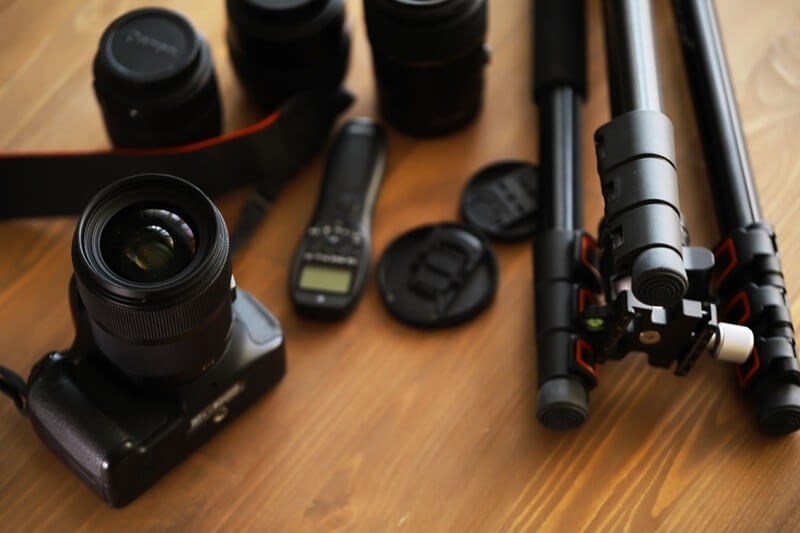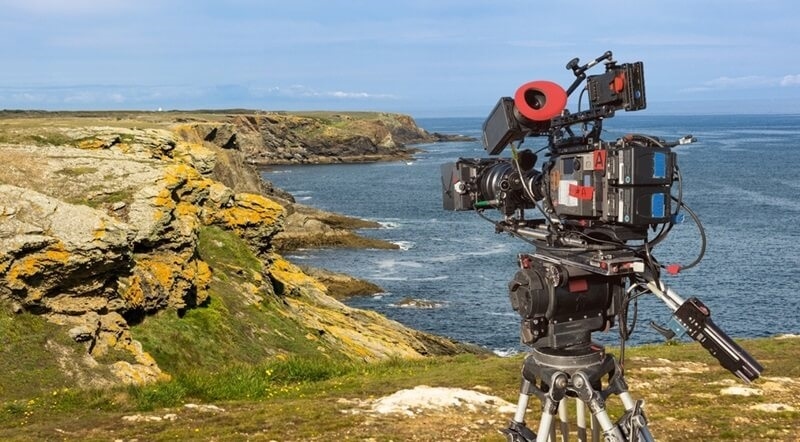
Every photographer remembers their first real camera. The excitement of unboxing it, the thrill of snapping those first shots, and then… the confusion. Because as quickly as you get comfortable holding the camera, you realize you need more. Tripods, memory cards, cleaning kits—suddenly the list grows longer than you expected. That’s where knowing the must-have camera gear for beginners really matters.
The good news? You don’t need to spend thousands of dollars. You don’t even need everything at once. Start with budget-friendly essentials that make the biggest impact. Then, as you grow, add extras that fit your style. Let’s explore gear that balances affordability with reliability, so beginners don’t feel overwhelmed or broke.
Before diving in, here’s the truth: gear helps, but it won’t magically make you a great photographer. Technique and practice will always be more important. Still, the right tools make learning easier and your results more satisfying. Having beginner photographer essentials saves frustration and gives you freedom to focus on creativity instead of limitations.
It’s a balance—don’t overspend, but don’t undersell yourself either.

So, what are the real basics? A camera body and kit lens will get you going, sure. But supporting gear is what keeps your shots sharp, safe, and consistent. Tripods, lens filters, memory cards, and bags might not feel exciting, yet they’ll save you from ruined shoots and lost photos.
This is why lists of must-have camera gear often look surprisingly practical. It’s not about shiny gadgets, it’s about tools that solve problems you’ll run into every week.
If there’s one accessory every beginner should buy early, it’s a tripod. Not just for long exposures or night shots, but for stability overall. Handheld shooting is fine outdoors in good light, but the moment you step indoors or experiment with slower shutter speeds, shaky hands betray you.
The great news? There are plenty of camera gear under $100 options that are sturdy enough for beginners. Brands like Amazon Basics or Manfrotto offer entry-level models that get the job done without fancy features. Don’t wait until you ruin a batch of blurry photos to realize you needed one.
You think one card is enough… until it fills up halfway through a trip. Memory cards are deceptively small investments that make a huge difference. Buy reliable brands and carry at least two spares. And always format them in-camera for safety.
For learners, spares fall squarely into beginner photographer essentials because nothing kills a creative streak like “Card Full” flashing on the screen.
Not every accessory has to cost a fortune. A cleaning kit with a blower, microfiber cloth, and lens cleaning solution might set you back $15, but it’ll save lenses from scratches. A remote shutter release often costs under $20, and it’s a game-changer for night photography or self-portraits.
These are the kinds of cheap but reliable accessories people often overlook until they desperately need them. Buy them early, and you’ll thank yourself later.
If you’re building a kit piece by piece, think about your routine. Do you shoot indoors? Outdoors? Portraits? Landscapes? The mix changes what belongs in your starter kit photography gear. For most, it should include:
Together, these basics let you cover 90% of beginner situations without breaking the bank. Later, you can add niche items like ND filters, external flashes, or specialty lenses.
Every beginner learns this the hard way—camera batteries never last as long as you think. Always keep a spare, charged and ready. Generic batteries from reputable third-party brands are fine for beginners. Don’t let a dead battery ruin a day trip or photo walk.
This is one of those must-have gadgets for photography that sounds boring, but ends up being a total lifesaver.
You’ll quickly outgrow just tossing your camera in a backpack. A dedicated camera bag protects gear from bumps and weather, plus keeps everything organized. Padded inserts, compartments, and rain covers are worth the small investment.
For people shopping on a budget, plenty of camera gear under $100 bags exist that are stylish and functional. Brands like Lowepro and Vanguard make reliable entry-level models. Don’t wait until you scratch a lens to buy one.
Natural light is wonderful, but you won’t always have it. That’s where small LED panels or affordable ring lights come in handy. They’re portable, battery-operated, and ideal for portraits or product photography.
When people talk about starter kit photography gear, they often skip lighting—but it’s the difference between amateurish and professional-looking results. Even a $30 light panel can transform indoor photos.
Filters aren’t just for special effects. A simple UV filter acts like insurance for your lens, shielding it from scratches, dust, and fingerprints. Polarizing filters, on the other hand, help cut glare and deepen skies.
They’re inexpensive examples of cheap but reliable accessories that beginners don’t think about until after their lens takes damage.
While it’s not physical, editing tools should be part of your starter kit. Free options like Lightroom Mobile or Snapseed are fine for beginners, while affordable subscriptions unlock more features as you grow. Editing is where you polish your photos, fix mistakes, and really bring your vision to life.
Many forget that must-have gadgets for photography aren’t always hardware—software is just as vital for learning and growth.
Here’s a trap beginners fall into: buying everything they see online. Endless accessories, specialty lenses, gadgets that sound cool but gather dust. The truth? Less is more. Start with a small kit, use it often, and figure out what you’re missing. That’s smarter (and cheaper) than guessing.
Even pros say their early setups were minimal. It’s the skill, not the shopping list, that builds better photographers.
Some people believe they need top-of-the-line everything. But the reality is, you don’t. Many affordable items are more than capable of helping you learn. A sturdy tripod at $40, a spare battery at $25, a cleaning kit at $15—these small costs add up to a kit that’s functional, portable, and worry-free.
That’s why starter kit photography gear doesn’t have to be intimidating. Start small, build smart.
Photography is about making images, not collecting gadgets. Still, the right tools make learning smoother and more fun. If you’re starting out, focus on:
Together, these cover most beginner needs. You don’t need to buy it all at once. Build slowly, based on what you shoot most.
Because at the end of the day, the must-have camera gear for beginners isn’t about flashy items or expensive luxuries—it’s about reliable, affordable tools that let you create without stress. Get the basics, keep it simple, and grow as your skills (and budget) expand.
This content was created by AI